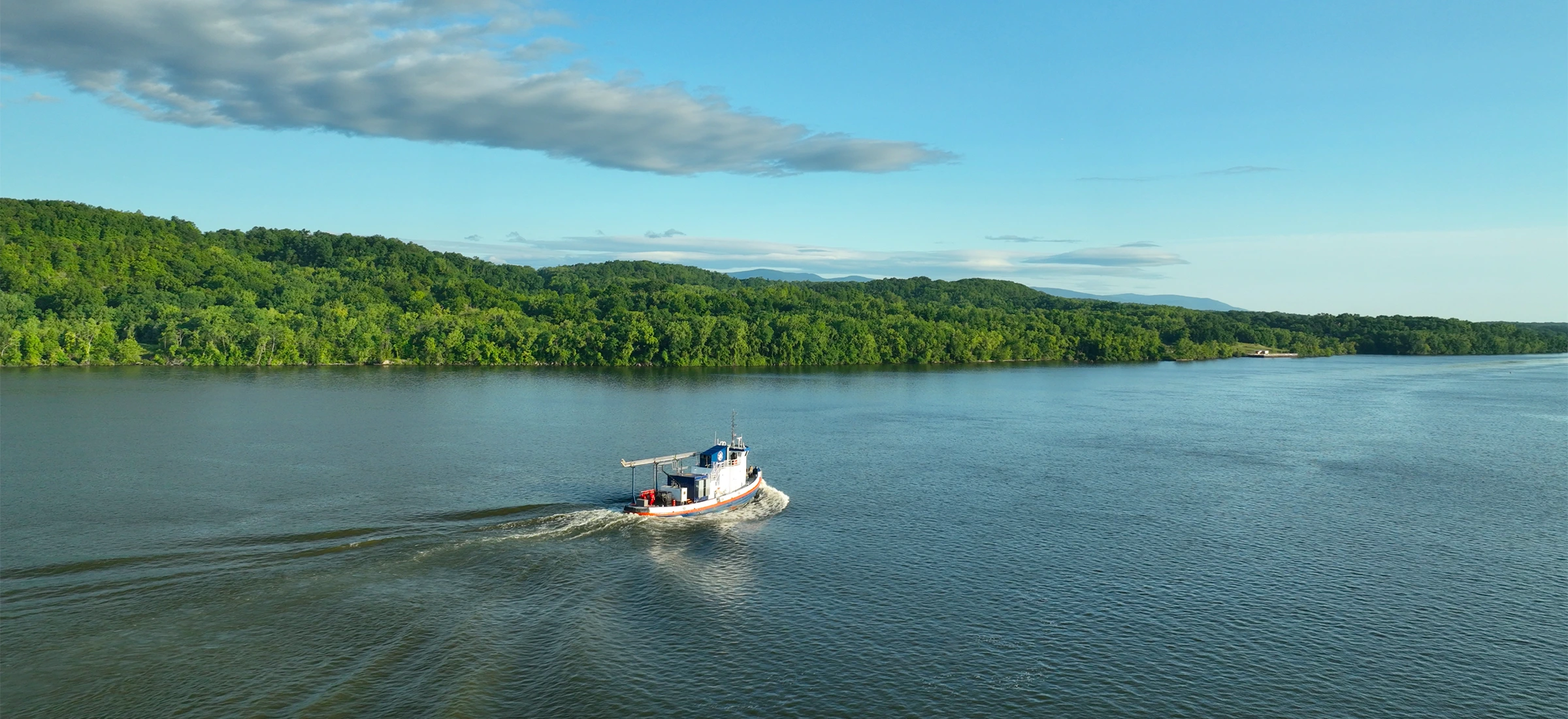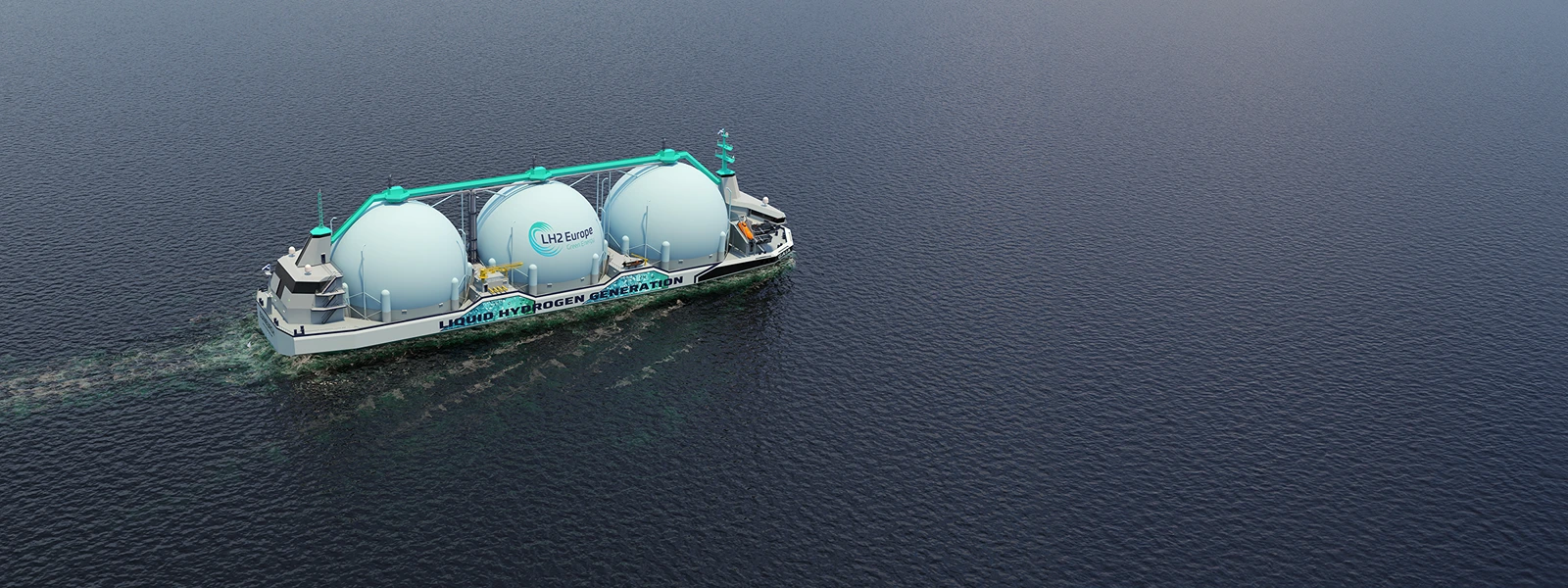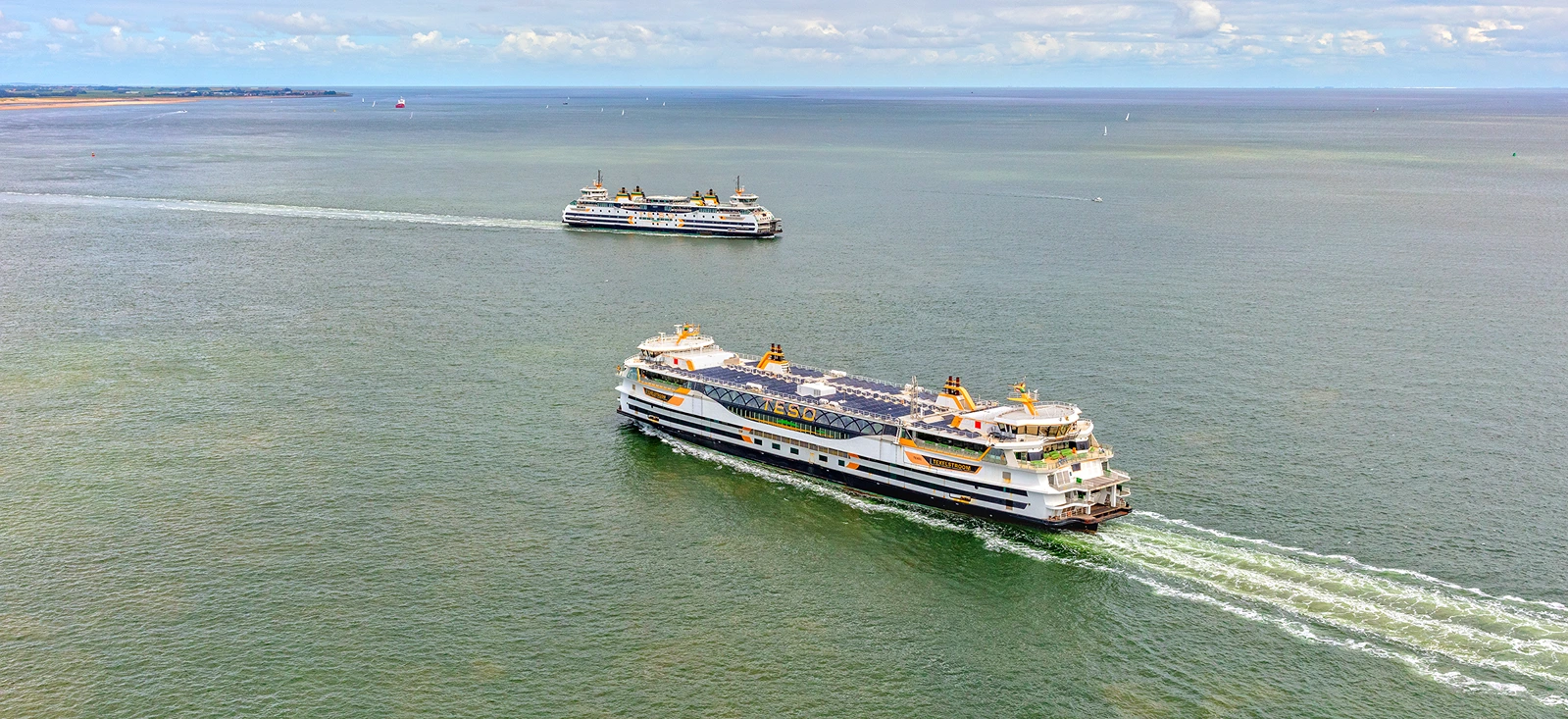How small ripples create a wave of change
Small actions can have far-reaching impacts, especially when it comes to the health of our planet.
From its early days as a maritime innovator in 2007, C-Job has steadily built a reputation for setting trends, pushing boundaries and solving complex challenges. The small ripples we initiated years ago through our concepts, research and maritime design work continue to grow.
And as new, increasingly efficient, vessels are designed and engineered by C-Job today, those small ripples are becoming a powerful force for sustainable change.
Our vision is to see a sustainable maritime industry in one generation. Step by step, we are building the momentum to achieve that, and to shape a better future for our clients and the planet.
The C-Job ripple effect
Across the sea and around the globe, vessels designed and engineered by C-Job are redefining what is possible in maritime performance, creating ripples across four key areas:
Reliability
From boardroom to slipway, C‑Job turns reliability into returns. Transparent business‑case design aligns CAPEX, OPEX, compliance, and emerging requirements. Production‑ready packages integrate with shipyard workflows to minimize changes, delays, and failure costs – delivering certainty and value from concept to delivery.
Performance
We are architects of maritime performance for both newbuilds and retrofits. Advanced algorithms and data‑science applications push design boundaries – a true ripple effect – optimizing operational efficiency and total cost of ownership.
Innovation
Our passion for innovation – and the ripples created by industry firsts – keeps us at the forefront of maritime architecture and engineering. We enable clients to adopt new technologies and alternative fuels, accelerating decarbonization and reducing emissions across the maritime sector.
Rejuvenation
We are committed to repurposing vessels for changing markets and missions, extending their operational lifespan, increasing performance, and ensuring compliance with the latest regulations. Every modernization and conversion is another ripple driving sustainable change.
Real world examples

NH₃ Kraken – for Amogy

C-Job and LH2 Europe – liquid hydrogen tanker
